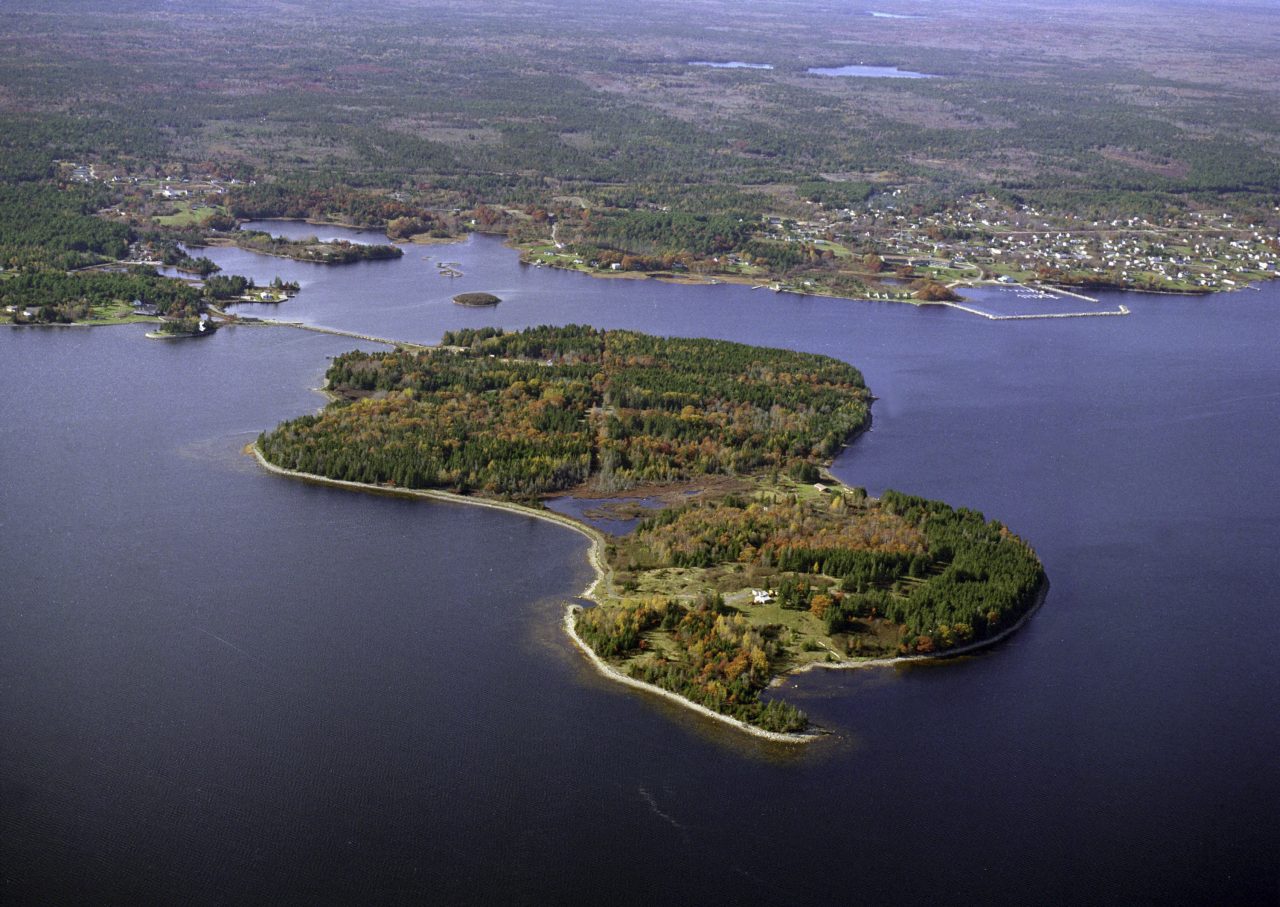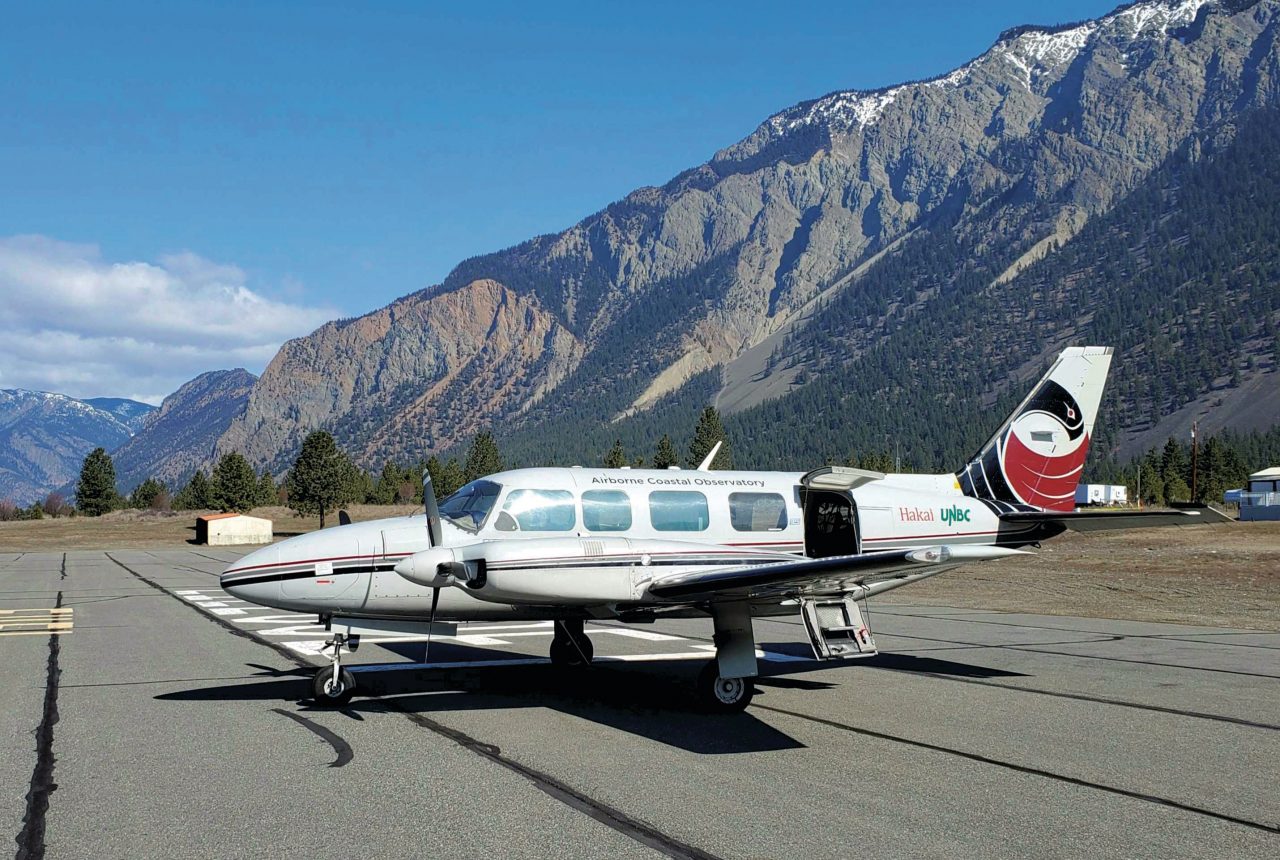According to legend, a small island in the Indian Ocean is concealed by pirate jewelry worth 100 million pounds. BBC Travel journalist tells the story of two men who dedicated their lives to treasure hunting.
Although rumors about the countless treasures of the Flibustiers surround many islands in the Indian Ocean, this island is considered the real Holy Grail.
The legend of it, more like a Hollywood scenario, is passed down by word of mouth to generations of residents of the Seychelles and Reunion.
There have always been a lot of people willing to get this treasure, but only two men dedicated their whole life to its search.
Reginald Herbert Cruz-Wilkins, or The Treasure Man, as he was called by the inhabitants of the Seychelles’ Mahe Island, hunted the pirate treasure for 27 years – until his death in 1977. His son John inherited both his father’s nickname and his life’s work.
When I first met John, he barked that I was half an hour late. But I did not hope for a warm welcome.
John is chased by everyone, from journalists to passers-by, and everyone feels obligated to ask if he is looking for the treasure right now.
But when he starts talking about the treasure, explaining why it can be hidden here and how he is going to look for it, the person is completely transformed. His eyes begin to shine and his smile becomes infectious.
Even all these years of fruitless searches did not kill the real spirit of adventure in him – with a backpack and a treasure map in his hands, he looks like the hero of an adventure novel. His biography can teach you how not to give up and not lose hope.
John explained that the fascinating history of the Seychelles treasure begins in 1716, when the Frenchman Olivier Levasseur, nicknamed “Korshun” for the speed with which he dealt with his enemies, received a certificate of caper. (The capers, or corsairs, had state permission to seize enemy merchant ships.
But a few months later, Levasser embarked on a more lucrative pirate career.
In 1721, Levasser and his associates – more than 750 pirates on three ships – came across the Portuguese galleon “Nossa Senhora do Cabo” in the port of Réunion Island. They captured the ship and killed the crew.
The Levasser, who had no idea that he could hide in the holds of the galleon, was shocked to the core. As historians describe it, it was a real “floating treasury, filled with bars of gold and silver, jewelry, rough diamonds, guineas and church utensils.

Levasser was an intellectual, who knew Greek, Latin and Masonic symbols. For years, Cruz-Wilkins had been trying to decipher the cryptogram. To crack the complex code, he used Greek, Hebrew, astrology, astronomy, mythology and occultism.
If he wasn’t mistaken, the key to the search was based on 12 feats of Hercules, and many years later the treasure was buried in the stunningly beautiful northern part of the island, called Bel Ombre.
Lush vegetation here is fringed by azure waves of the sea and huge granite rocks on the coast.
Mahe is a very small island, and everyone here knows each other. And everyone, from the cab driver who took me to Bel Ombre, to the employee of the hotel where I stayed, has his version where the treasures lie.
As soon as I told them about the purpose of my visit, they smiled and retold a legend that all islanders know since childhood.
“Many people think I’m crazy like my father, but I don’t care about their opinion,” John said.
For John, as well as his father, treasure hunting has become a lifelong endeavour, one that requires both intellectual and physical effort, and one in which men have invested all their energy and savings.
When Cruz-Wilkins died in 1977, John was 18, and all he knew and knew in life was treasure hunting. He seeks to prove his father was right, and also dreams of solving the riddle of the famous pirate.

“We’ve already found the intellectual treasure, the only thing left is to find the physical treasure,” he told me.
John has already searched more than 40 hectares of Bel Ombre, exploring gorges and caves while hunting for pirate marks on the rocks. He found bones, pistols, bullets from muskets and figurines.
“I use a variety of equipment at different stages: water pumps, punches, demolition hammers, hand tools, even excavators and explosives, as well as the latest metal detectors from Germany,” he says.
While John is understandably vague about the details of the search, he claims he has already found the actual burial site. Obviously, it is in a cave near the beach, where his hut stands, but you can reach the cave only through an underwater tunnel.
John also warns that according to his research, directly above the treasure will be the last trap.
